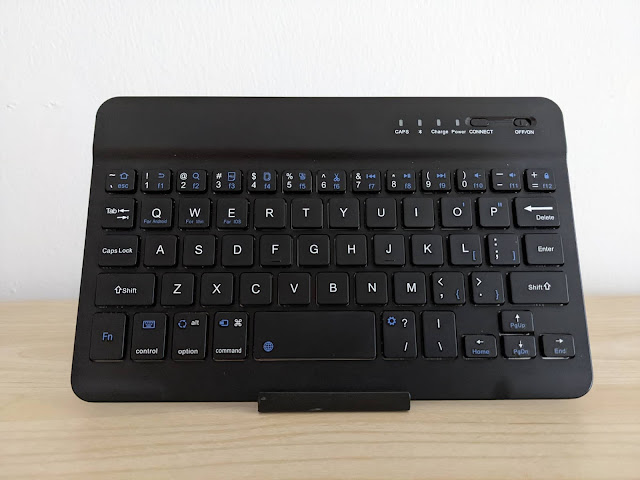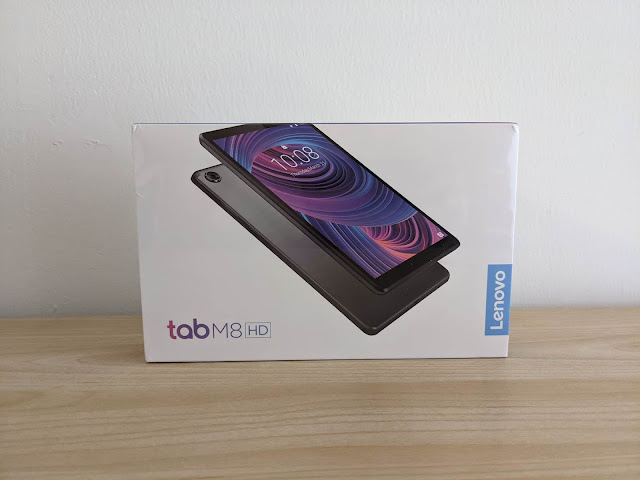Simulating an Eclipse with Celestia for Android
What would a lunar eclipse look like on the Moon?
 |
| Closeup of the Earth hiding the Sun in a simulation of the May 26, 2021 lunar eclipse seen from the Moon. |
With Celestia for Android I simulated the May 26, 2021 lunar eclipse seen from the Moon. I screen-recorded a video on my ASUS Chromebox 3 while the Celestia app simulated the eclipse as seen from the lunar surface in an area near the North pole.
Standing on the Moon the phenomenon would appear as a solar eclipse, with the Earth moving in front of the Sun and hiding it. In the video time runs 1000 X faster, from 04:00 UTC on May 26 to 19:00 UTC. The frame has a field of view of about 21° vertically. Notice the surface darkening up to the horizon while the Earth covers the Sun and casts a shadow on the Moon.
How to simulate the eclipse
Celestia is the best universe simulation software.
To create the simulation, I used the Celestia app for Android on my ASUS Chromebox 3 not only because it runs well on Chrome OS but also because a crucial feature for this task requires an external keyboard on Android devices. A desktop system with a built-in keyboard is more convenient.
First off, to re-create the event in Celestia I set the date and time to May 26, 2021 at 04:00 UTC (06:00 CEST where I live), a few hours earlier than the eclipse.
This set the proper conditions for landing on the surface of our satellite at an observing site close to the North pole. Why there? Because at the poles the Earth is low on the lunar horizon and a narrow field of view can contain the Earth, the Sun, and the surface of the Moon.
Next, I switched to alt-azimuth mode, rotated the view to frame the Sun, and narrowed the field of view. Unless the field is narrow, the small discs of the Sun and Earth get lost in the background of the dark sky.
Switching to alt-azimuth mode, a key step that enables to rotate the view around a vertical axis as if standing on the Moon, requires a keyboard. Alt-azimuth mode helps to look around from the surface of other celestial bodies, such as viewing the rings of Saturn from the planet.
Finally, I increased the speed of time 1000 X to make the motion of the Earth in the sky apparent. To screen-record the simulation running in the Celestia window, I used the Nimbus Screenshot & Video Recorder Chrome extension.


